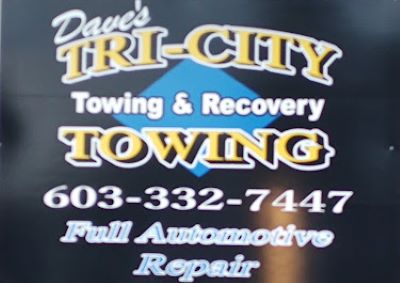Children and dogs seem like the perfect match, and yet many dogs end up in the shelter because they didn't do well with the children in their previous home. And, when it comes to adopting out dogs from shelters, many of them are listed as "not good with kids."
In fact, if you have a child at home, finding a dog to add to your family can be pretty difficult. So how can you find the right match for your family? Below are as few simple tips to help in your family's search for a new pet.
Younger Isn't Always Better
It can be hard finding a dog that does well with children, so many people believe it's easier to "start from scratch" with a puppy. After all, if you raise a puppy around children it should easily adapt to being a family dog, right? While this seems like a great idea, there's one important thing you must remember: puppies need training. Lots of it! All puppies start out mouthy and bouncy - not an ideal combination if you have very small children in your home. And let's not forget that puppy teeth are sharp! When your puppy decides to turn your hand into a chew toy, it's not "cute," it hurts! Puppies are best suited for families with slightly older children that won't be overwhelmed by a puppy that wants to jump all over them and chew on everything in sight.
Think About Size and Energy Levels
One of the reasons it's hard to find a dog for families with very young children is because most shelter dogs are quite large and, more often than not, full of energy. Coupled with the fact that they often lack any sort of training, the average shelter dog is just too much to handle for young children. In addition to finding a pet that will match your family personality wise, you need to find one that matches you size wise, as well. If you have very small children, consider looking for a small to medium size dog that won't be as overwhelming for your kids. Or, if you are more interested in large breed dogs, look for one with a calm personality that isn't likely to knock your kids over.
Basic Manners - for Kids!
We talk a lot about teaching dogs their basic manners, but it's important for your kids to learn a few things, too! Before bringing a dog into your home, spend some time teaching your children about safety around animals. It's especially important that young children learn not to pull on a dog's tails or ears, not to take a dog's food or toys away, and not to startle them. Oftentimes, shelters list dogs as being appropriate only for older children because many young children have not been taught the basics about animal handling. Spending some time helping your child learn the basics before looking for a dog can go a long way in helping your family find the right pet.
Learn the Language (of the shelter)
Some terms used to describe dogs are pretty straightforward, like "active." Other terms, however, can be a little vague and, when it comes to finding a match for your family, it's important to have a good understanding of what those terms mean and how they will affect you. If you have young children, some terms to look out for are "mouthy" and "rough player". These are the dogs that use their leash to play tug-of-war when you're trying to take them for a walk and think your arm is meant to be used as a chew toy. These dogs are not behaving aggressively; they just haven't learned how to properly play yet. These dogs could be great family pets, but you need to decide if you have the time for training and if your children are old enough to handle their not-so-great behavior when you first bring the dog home.
Another term to watch out for is "resource guarder." A dog is labeled a resource guarder if they respond aggressively to someone trying to take away their toys or food. For teens and adults, resource guarders don't pose much of a problem - simply avoid grabbing their food bowl when they're eating or prying a toy out of their mouths. For children, though, this concept is a little more difficult to grasp - especially when the toy or food in question happens to be something they just dropped and the dog picked up first. For safety reasons, if you have children, it is strongly recommended that you avoid any dog listed as a resource guarder.
Take Your Time
Adopting a pet is a commitment, so don't expect to make a decision after meeting a dog for five minutes. In fact, if there is only one piece of advice you listen to, let it be this: consider picking out a potential dog on your own before introducing him or her to your children. Even when parents tell their children they're at the shelter "just to look," the visit inevitably ends with the children in tears because they're leaving empty handed. Picking out a dog is overwhelming for anyone, especially children. Instead of showing them 20 dogs, most of which will likely not be a right match for you, set up an appointment to have your children meet just one or two dogs that could potentially fit your lifestyle. When you leave the shelter with a new pet instead of a screaming child, you'll thank me.
Alaina Goodnough is the Promotions Coordinator at Cocheco Valley Humane Society in Dover, NH. She lives in Sanford, ME with two parrots, two cats, a bearded dragon, and two dachshunds. She can be reached at CVHS at devassist@cvhsonline.org. To learn more about Cocheco Valley Humane Society, go to www.cvhsonline.org or call 603-749-5322.














